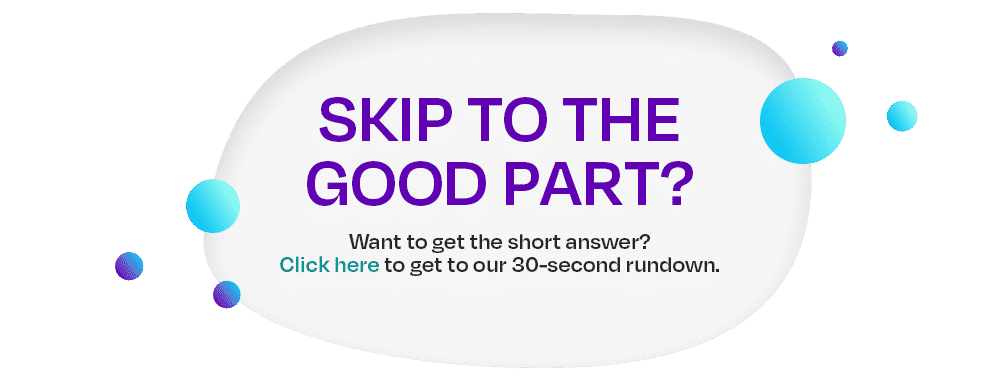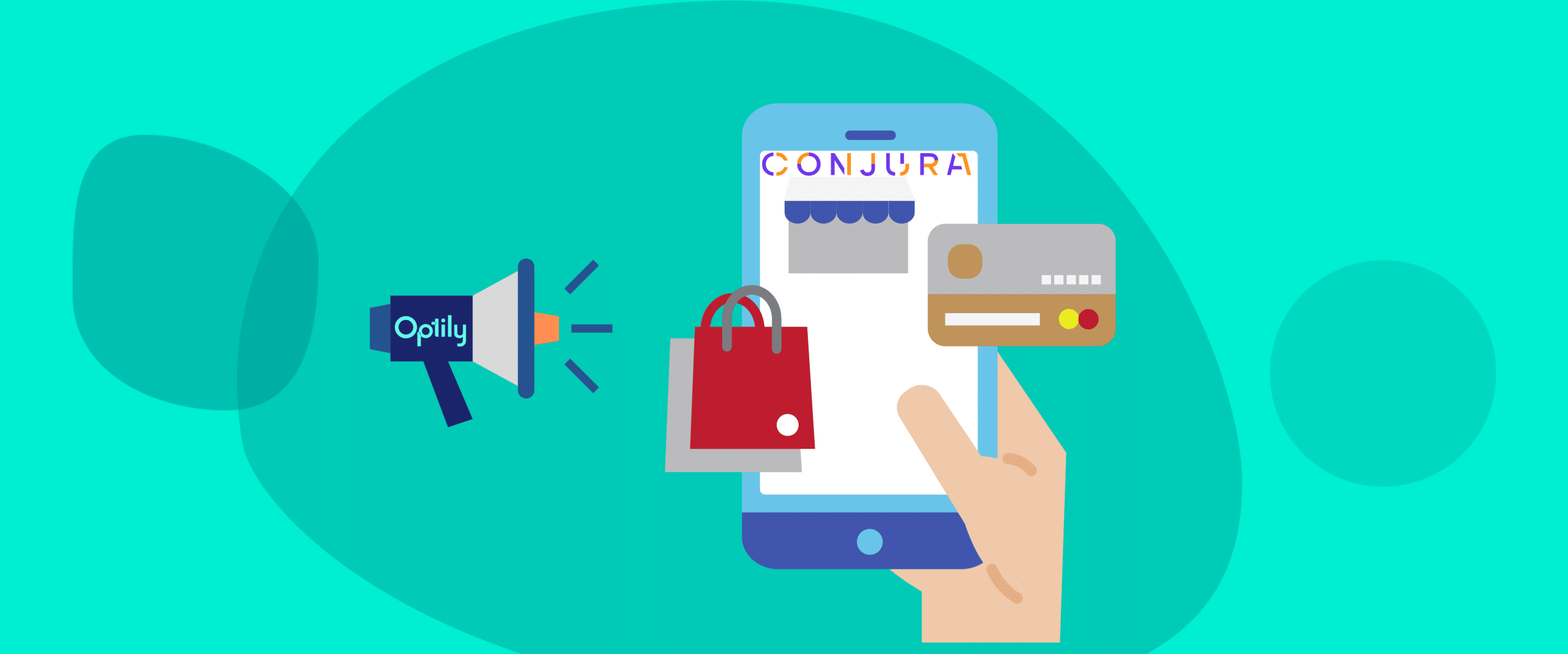Setting up and managing an online business is plateful on its own. Add to that overseeing and optimizing multiple marketing campaigns and you’re basically doing three full-time jobs! 😰
In order to sell online, it’s a given that you’re going to be advertising your products. However, with small teams and tight budgets, it’s critical for many Shopify owners to balance their time investment and budget.
Essentially, you need to figure out where it’s worthwhile to spend your marketing dollars for the most impact. Below, we’ll go into the 3 main steps in the process.
Join the Optily newsletter!
Stay up-to-date on platform changes, digital marketing tactics, and industry news. We promise we won’t spam!
Try multiple channels, starting with Facebook and Google Ads
Your first step is going to involve launching ads across a variety of channels to see what works best. Now, we know that new platforms are cropping up at lightning speeds these days, so you definitely need to prioritize.
We suggest starting with the big ones first, then branching out to others once you’ve nailed your strategies there. We’re talking about Facebook, Instagram, Google Search and Display, and YouTube here.
The good thing about these mega-giants of advertising is that you can launch ads on all these channels from two accounts. Facebook and Instagram (along with Messenger and Facebook Audience Network) are all accessible through the Meta Ads Manager or Facebook (Meta) Business Suite. Just pop in your various creative formats for the different placements, put in a variety of copy, and create different campaigns for each stage of the marketing funnel. Also, make sure to turn on Campaign Budget Optimization, so that Meta’s algorithm will automatically shuffle the budget around your ad sets to the best-performing ones.
Google has recently made some changes to its own ad management system with the introduction of Performance Max. In a similar fashion to Meta, Google now lets you build out campaigns across all its properties like, YouTube, Display, Discover, and Gmail, from one dashboard.
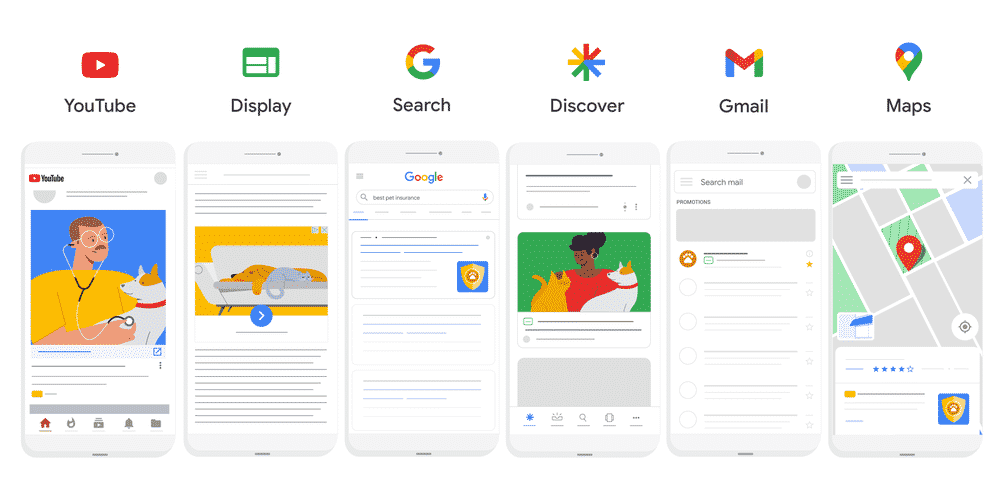
Figure out what campaigns are working
The next step in this ongoing experiment is to suss out which campaigns are working best. This is definitely the trickiest part of the process. Attribution, or figuring out what sources to attribute a sale to, can be a really tough nut to crack. Of course, it’s impossible to truly know all of the factors that influenced someone to make a purchase, but with digital marketing, we have gotten used to at least having a good idea of which online marketing is driving conversions.
Reports from your ad platforms, like Google and Facebook, will be reliable to a point. If you’re only running ads on one platform, then it’s safe to say you can trust the data from that platform. However, as you add multiple channels to the mix, you’ll often see conflicting data. This is because the platforms don’t talk to each other. Facebook has no idea what you’re running in Google and vice versa.
Brendan Hughes, Optily’s CEO, did a good job of summing this up on our podcast last year. Check out the short clip below:
A tool like Google Analytics that brings in multiple sources of data can be especially useful in normalizing your data. Comparing apples to apples is really important when figuring out which campaigns are converting.
Another critical step is making sure everything is firing correctly. Setting up your tracking PIxels or Conversions API, tracking your goals in Analytics, and properly and consistently tagging all your ads with UTMs. With these in place and working right, you’ll be in the best position to track and pull reports as accurately as possible.
Data loss in digital marketing
It’s important to mention here that we’re in a pivotal point in online marketing right now. There are constant changes from governments and ad platforms about the granularity of data we have access to. This means that as online privacy increases, there is going to be more and more data loss.
Already in 2021, advertisers felt the pinch from iOS 14 and the data loss from not being able to track users across platforms unless they explicitly opt-in on iPhones when prompted.
Even still, we have many ways of tracking user behavior even as cookies and PIxels become less reliable. At Optily, we’ve found that UTM tagging has been really helpful in tracking where users are coming from, so make sure you always have those set up on your campaign.
Apply the necessary budget changes
Once you’ve determined which ads are performing well for the goals you’ve selected, be they top of funnel ads that are increasing brand awareness or lower funnel ones that are directly driving sales, you will want to shuffle your budget around. 💸
The campaigns that are doing more for you in terms of awareness, traffic, or conversions deserve more budget so they can have more reach and increase performance. Go into Facebook (Meta) Ads Manager and Google Ads Manager to make the adjustments. You’ll need to determine the cadence with which you make these changes, whether it’s monthly, weekly, or more frequently will depend on how much time you have for budget management and ad spend optimization.
Facebook’s automated budget function, Campaign Budget Optimization, helps shuffle the budget around within a campaign across ad sets. However, it doesn’t optimize across multiple campaigns with the same goal.
The 30-Second Rundown
Figuring out where to invest your ad spend for the best returns on Facebook and Google Ads is an ongoing question for Shopify sellers. Unfortunately, it’s also a huge headache to answer. 😣
These are the tedious steps marketers need to go through:
- Run multiple campaigns on different channels to see what works for their audience
- Pull reports and analyze which campaigns are working, keeping in mind significant data loss due to iOS 14 and other privacy changes
- Go into each platform and make the adjustments manually for more or less ad spend
So, I have to choose between spending my time or wasting my ad spend?
Given the process we’ve gone through above for analyzing campaigns, determining which are doing the most for you at each stage, and then manually apply budget changes, it does seem like marketers need to choose between time and money.
This is exactly the problem Optily was built to address. From our research, Shopify business owners spend anywhere from 6-8 hours (sometimes more 🤯) per week managing their campaign budgets. This is simply too long to be efficient for a small business. Especially as we continue to add more channels to our marketing mix, it becomes unmanageable and leads to lots of wasted ad budget.
With Optily, the algorithm takes care of the heavy lifting.
All you have to do is:
- Connect your Meta and Google ad accounts, Analytics, and Shopify data in just a few minutes
- Create OptiGroups, or campaign groups that share a similar goal and should be measured against each other
- Review Optily’s daily recommendations for ad spend splits and hit “Apply”
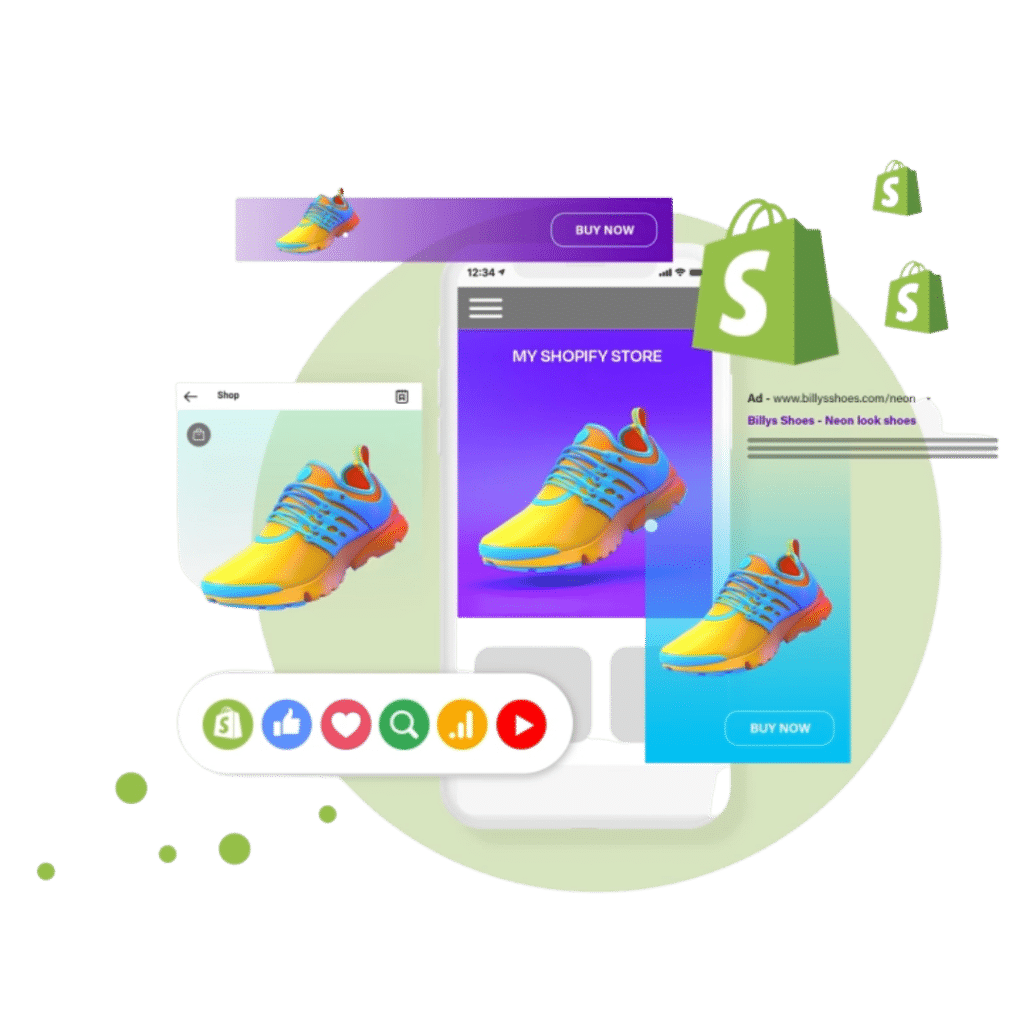
What used to take hours and hours now takes a single click. It gets even better once you turn on our automation function, so Optily shuffles your budget to the best-performing campaigns while you sleep.
Regarding the data loss from iOS 14 we discussed, Optily is pixel and cookie-agnostic. We use all the data available to paint a picture that’s as accurate as possible. We’re able to negate a lot of the data loss that will continue to grow as privacy increases across the internet. Check out how we helped Bookstation, an Irish online book retailer, grow their ROAS throughout 2021 despite the sudden data loss.
Optily makes it easy to save time and money on ad spend management, so you can focus on growing your business!




